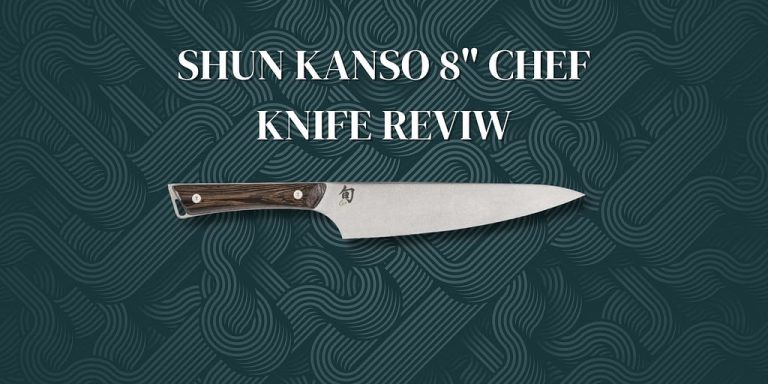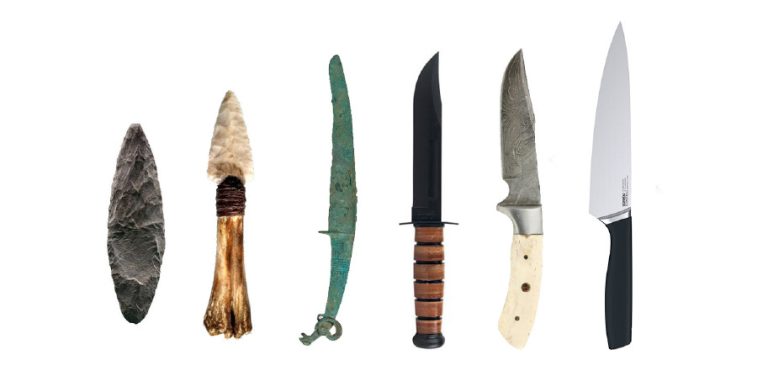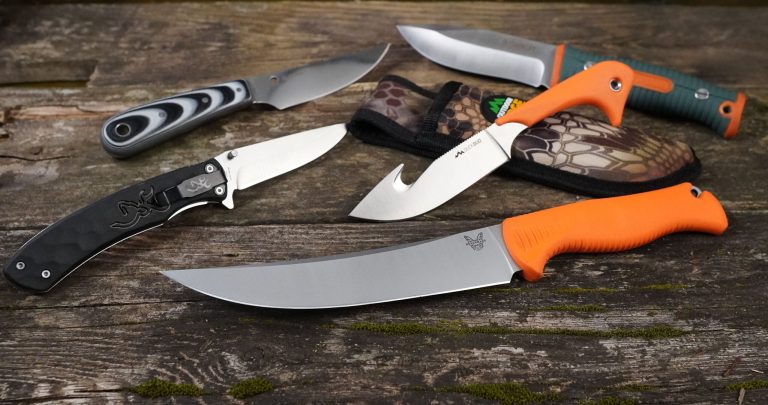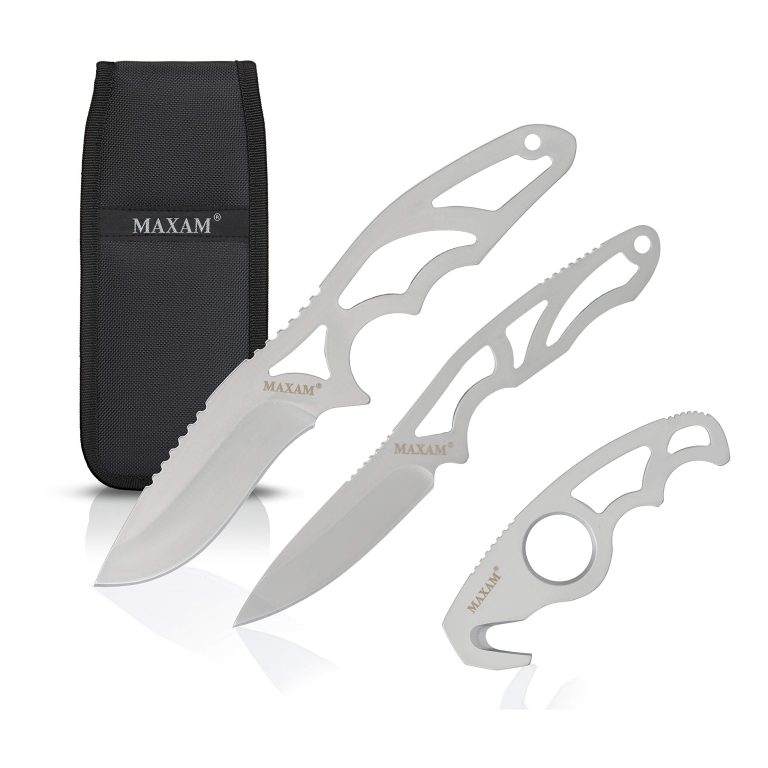What You Need to Know About Hunting Knives?
Hunting knives are essential tools for any outdoorsman, providing versatility and reliability in the field. With a maximum of 20 words per sentence, this well-rounded 120-word introduction will give you the necessary knowledge about hunting knives.
Whether you’re an experienced hunter or a novice, understanding these tools’ features, materials, and designs is crucial for making an informed purchase. Hunting knives come in various shapes and sizes, each serving a specific purpose, such as skinning or gutting.
Additionally, the materials used, like stainless steel or carbon steel, impact the durability and maintenance of the knife. Moreover, the design, including the blade shape, handle style, and lock mechanism, affects the knife’s functionality and ease of use. By learning about these aspects, you can select a hunting knife that meets your specific needs, ensuring a successful hunting experience.

Credit: 1source.basspro.com
Choosing The Right Hunting Knife
Factors to Consider When Selecting a Hunting Knife
- Blade Material and Construction: The choice of blade material determines the knife’s durability and ability to retain sharpness over time. Knives with stainless steel blades are popular due to their rust resistance, while carbon steel blades offer superior edge retention.
- Blade Type and Shape: Different types of blades serve varying purposes. Drop point blades are versatile and suitable for a range of tasks, while skinning blades have a curved edge for efficient hide removal. Consider the type of game you plan to hunt to determine the ideal blade shape.
- Handle Design and Material: The handle should provide a comfortable and secure grip. Look for materials like wood, rubber, or synthetic composites, which offer durability and slip resistance.
- Tang and Blade Length: The tang, or the portion of the blade that extends into the handle, influences the knife’s strength and balance. A full tang provides greater strength and stability. Blade length varies based on personal preference and intended use.
- Knife Weight and Balance: A well-balanced knife feels comfortable and reduces fatigue during use. Consider the weight distribution between the blade and handle, ensuring a balanced feel in hand.
- Hunting Knife Uses and Specializations: Different hunting tasks require specialized knives. Skinners are designed for efficient hide removal, while gutting knives have a narrow blade for precise field dressing. Caping knives are ideal for delicate trophy preparation, and survival knives are essential for emergency situations.
Tips For Maintaining And Caring For Hunting Knives
Tips for Maintaining and Caring for Hunting Knives | |
Cleaning and Proper Storage | |
Cleaning Techniques for Different Blade TypesProper cleaning techniques vary depending on the type of hunting knife blade. For stainless steel blades, wash with warm soapy water and dry thoroughly to prevent rust. High carbon steel blades require a bit more care and should be cleaned and dried immediately after use. Applying a thin layer of oil on the blade can further protect against corrosion. | Avoiding Corrosion and RustTo avoid corrosion and rust, it is important to clean and dry the hunting knife properly. After cleaning, make sure to store the knife in a dry place and avoid leaving it exposed to moisture. Applying a light coat of **protective oil** or using silicone impregnated cloths can also help to prevent rust. |
Safe Storage and TransportationWhen not in use, hunting knives should be stored in a sheath or blade cover to protect the blade and prevent accidents. If the knife doesn’t come with a sheath, consider purchasing one separately. Ensure that the knife is securely stored to avoid any injuries or damage. | Sharpening and Honing Your Hunting KnifeA sharp knife is essential for safe and effective hunting. Regular sharpening is necessary to maintain the edge. Different sharpening methods, such as using **whetstones**, **diamond stones**, or **sharpening systems**, can be employed based on personal preference and skill level. |
Different Sharpening Methods and ToolsChoosing the right sharpening method and tools is crucial for achieving optimal sharpness. **Angle guides** can help maintain consistent angles while sharpening, resulting in a sharper and more durable blade. It is important to follow the manufacturer’s instructions when using specific sharpening tools. | Honing to Maintain Blade EdgeRegular honing between sharpenings can help prolong the sharpness of the hunting knife. Using a honing rod or **ceramic sharpening sticks** at the correct angle will realign the blade, ensuring it remains sharp. Make sure to hone the knife on both sides for an even edge. |
Tips for Ensuring Longevity and PerformanceRegular inspections of the hunting knife are necessary to identify any signs of wear, damage, or loose parts. Lubricating the moving parts and folding mechanisms with **knife oil** will help reduce friction and protect against wear. Avoid excessive force and improper use to prevent unnecessary damage to the knife. | Avoiding Excessive Force and Improper UseApplying excessive force or using the hunting knife for tasks it is not designed for can lead to blade damage or breakage. It is important to use the correct cutting technique and avoid unnecessary stress on the blade. Always respect the limitations of your hunting knife. |
Essential Hunting Knife Safety And Handling
Hunting knives are essential tools for any hunting enthusiast, but it is crucial to prioritize safety and proper handling. Safe handling practices are imperative to prevent accidents and injuries during hunting expeditions. This includes mastering proper grip and handling techniques, as well as adhering to knife safety rules and best practices. By employing efficient cutting and slicing techniques, hunters can minimize the risk of mishaps and enhance their basic knife skills. Additionally, performing precision field dressing requires careful attention and skill to ensure safety. In-the-field use of hunting knives necessitates specific safety measures, which can be enhanced with the right knife safety gear and accessories, such as cut-resistant gloves and apparel. It is also important to consider secure knife attachment and carry options, including selecting appropriate knife sheath and holster options.
Conclusion
Hunting knives are essential tools for any avid hunter. Not only do they provide valuable assistance in various hunting tasks, but they also ensure safety and efficiency. Remember to consider the type of game you hunt, the intended purpose of the knife, and the features that will be most beneficial for your specific needs.
From fixed blade to folding knives, selecting the right hunting knife can greatly enhance your hunting experience. Invest in a high-quality knife that can withstand the rigors of the wilderness and holds a sharp edge. Regular maintenance and proper storage are essential for keeping your knife in optimal condition.
Whether you are a seasoned hunter or just starting out, a reliable and versatile hunting knife is a must-have accessory in your arsenal. So search for the perfect hunting knife and embark on your next hunting adventure with confidence and preparedness.







Very hard to pick hunting knives
But you helped me to decide what I need